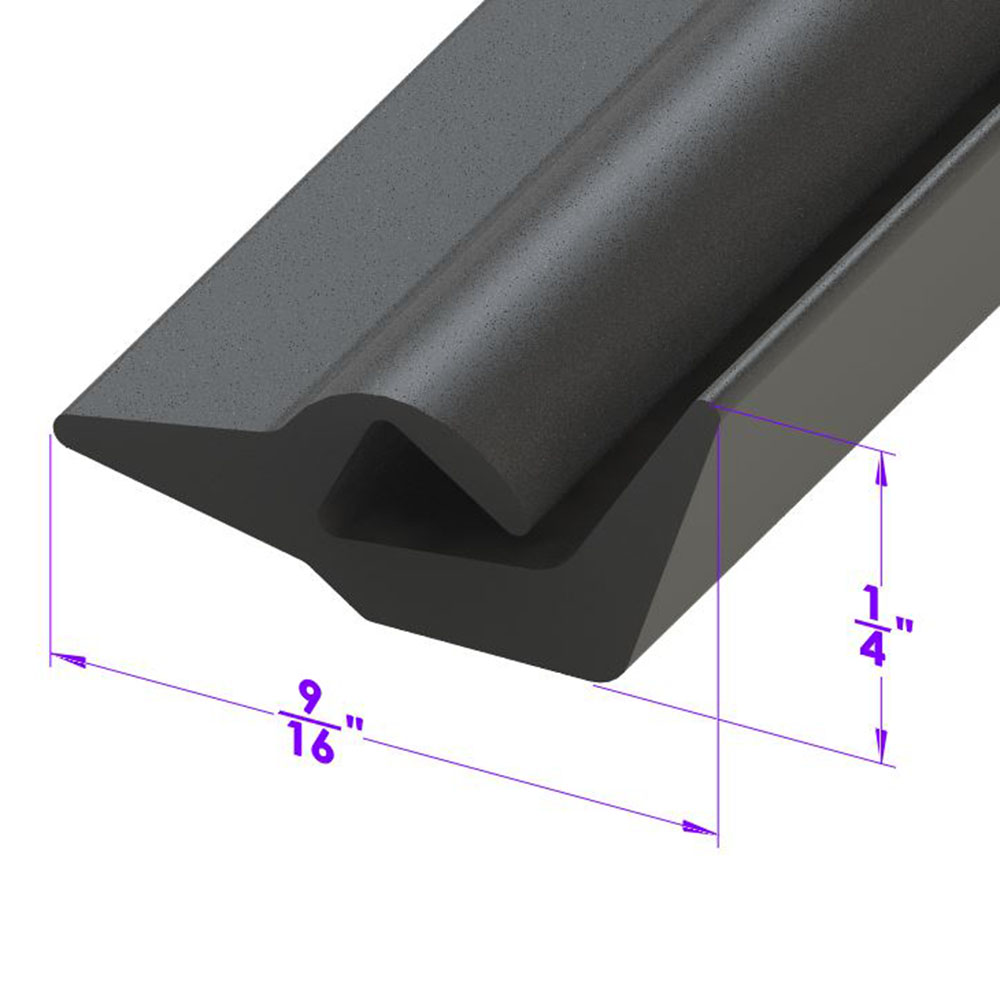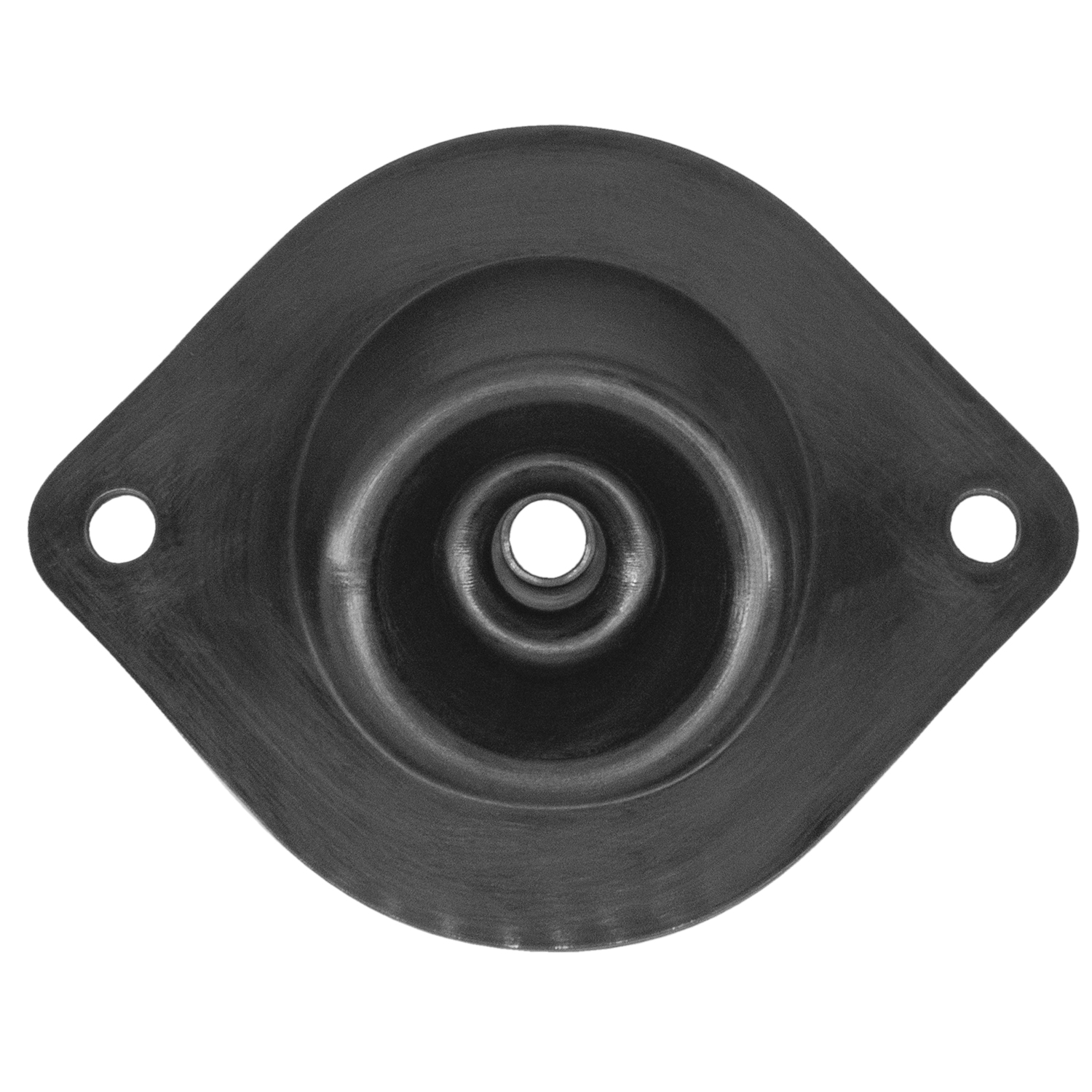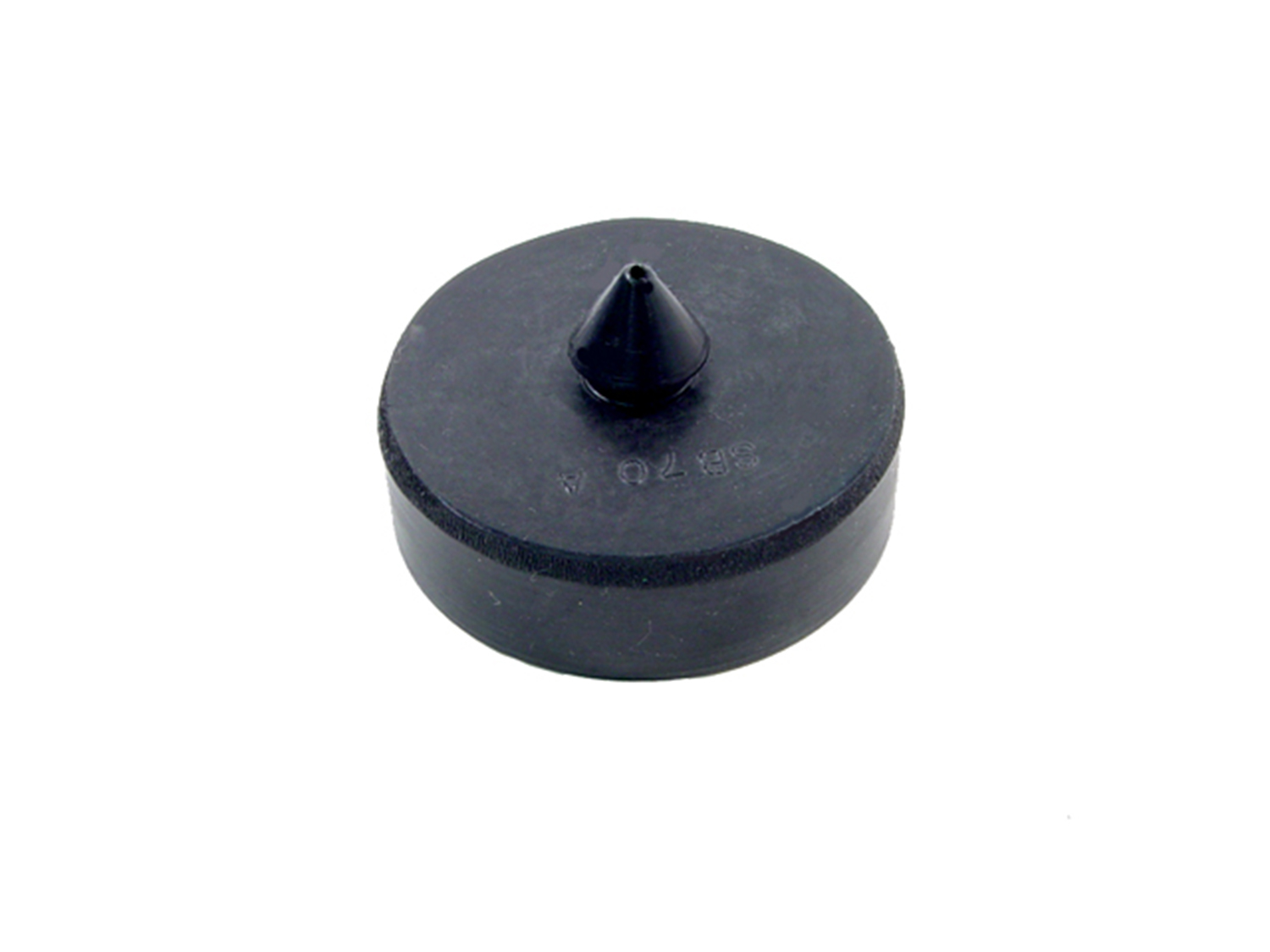Image of 1972 Pontiac Firebird, Note: These illustrations use artistic license and may differ from actual historical models.
Performance Metrics
Fundamental Metrics
Emotional Appeal
MMP Rating
| Engine Specifications | |
|---|---|
| Engine: | 250 cu in (4.1 L) I6, 350 cu in (5.7 L) V8, 400 cu in (6.6 L) V8, 455 cu in (7.5 L) V8 |
| Displacement: | 4.1L - 7.5L |
| Horsepower: | 100 HP (I6) - 300 HP (455 V8) |
| Torque: | 210 lb-ft (I6) - 415 lb-ft (455 V8) |
| Compression Ratio: | 8.0:1 (I6) - 8.4:1 (455 V8) |
| Ignition System: | Conventional Breaker-Point Ignition System |
| Cooling System: | Liquid Cooled |
| Performance Specifications | |
| 0-60 Time: | 6.5 - 10 seconds, depending on engine |
| 1/4 Mile Time: | 14.5 - 17 seconds, depending on engine |
| Top Speed: | 115 - 130 mph, depending on engine |
| Transmission and Drive | |
| Drive Type: | Rear Wheel Drive |
| Transmission Type: | 3-speed manual, 4-speed manual, 2-speed automatic, 3-speed automatic |
| Fuel and Efficiency | |
| Fuel System Type: | Carburetor |
| MPG: | 10 - 15 mpg, depending on engine and transmission |
| Dimensions and Brakes | |
| Brakes: | Front Disc, Rear Drum |
| Wheelbase: | 108.2 inches |
| Weight: | 3,500 - 3,800 lbs, depending on engine and options |
Note: Specifications for classic cars are given to the best of our ability, considering the limited and variant data available.
Unveiling the 1972 Pontiac Firebird: A Legend Reborn
The year 1972 marked a pivotal moment in automotive history as the Pontiac Firebird soared into the hearts of muscle car enthusiasts. Born from the ambitious design tables of General Motors, this iconic vehicle emerged as a symbol of raw American power and style. As the second generation of its lineage, the '72 Firebird was a beacon of innovation during an era where performance battled with emerging emissions regulations. One unique fact that car aficionados revel in is that due to a labor strike in early 1972, production numbers for this year were significantly lower than usual, making it a rare gem in the classic car world.
Design and Innovation: A Symphony of Metal and Muscle
The exterior of the 1972 Pontiac Firebird was a masterclass in muscle car aesthetics, boasting a sleek yet aggressive stance. Its distinctive "Endura" front bumper melded seamlessly with the bodywork, framing a split grille that housed the unmistakable Pontiac emblem. The Firebird's profile was accentuated by sweeping lines and flared fenders, culminating in a rear spoiler that hinted at its racing pedigree. Inside, drivers were greeted by a cockpit designed for engagement and comfort, with high-quality vinyl upholstery and an array of gauges keeping them informed and in control.
Technologically, it featured advancements like optional air conditioning and an AM/FM stereo radio—luxuries for the time. Color options ranged from the vibrant "Lucerne Blue" to the classic "Cameo White," with "Sunset Orange" often catching the eye of enthusiasts. The most iconic body style was undoubtedly the coupe, complete with T-tops for those craving wind-in-the-hair freedom.
Historical Significance: More Than Just a Car
The 1972 Firebird wasn't just another muscle car; it was a statement against the tide of changing automotive norms. As regulations began to strangle engine outputs, Pontiac doubled down on design and driving pleasure. This commitment ensured that the Firebird would leave an indelible mark on automotive design, influencing generations of sports cars with its blend of performance and panache.
Performance and Handling: The Heartbeat of America
Underneath its hood rumbled engines capable of propelling the Firebird to impressive speeds, with top-tier models reaching 60 mph from a standstill in under 7 seconds—a formidable feat at the time. Handling was equally noteworthy; despite its muscle-bound image, the '72 Firebird could navigate bends with poise, thanks in part to its improved suspension system. Drivers often recount tales of the V8's symphony resonating through dual exhausts as they piloted this beast along both serene boulevards and challenging backroads.
Ownership Experience: Living With a Legend
The '72 Firebird found its way into various roles—from daily driving duties to weekend drag racing—and excelled in each. Its robust construction meant reliability was a given, though some components now require tender love and care due to their age. Maintenance is generally straightforward for those familiar with classic GM vehicles, making it an approachable classic for aspiring collectors.
Fun Facts: The Firebird's Flight Through History
This model year saw some intriguing trivia; for instance, James Garner's Rockford Files character famously drove a Firebird Esprit model from later years, cementing its cool factor on-screen. While not known for breaking speed records, it did set sales records in previous years and became an emblematic figure of American culture.
Collector's Information: A Precious Commodity
Today, collectors clamor for the '72 Firebird due to its rarity—with production estimates hovering around 29,951 units—and unique place in history. Values vary widely based on condition and originality but expect well-preserved examples to fetch anywhere from $20,000 to over $100,000 at auction. As interest in classic muscle cars remains high, many believe that values will continue to appreciate over time.
Conclusion: The Eternal Flame of Pontiac's Firebird
The 1972 Pontiac Firebird stands as a testament to an era where performance and style reigned supreme. Despite challenges from regulations and market shifts, it carved out a legacy that endures among enthusiasts worldwide. Owning one is not just about having a classic car; it's about preserving a piece of Americana that continues to captivate and inspire.
1972 Pontiac Firebird Catalog of Parts
 1972 Pontiac Firebird Shock Absorber Grommet. 1" bottom O.D., 3/4" high-BN 1Shock Absorber Grommet. 1" bottom O.D., 3/4" high., with 7/16" I.D. Each
1972 Pontiac Firebird Shock Absorber Grommet. 1" bottom O.D., 3/4" high-BN 1Shock Absorber Grommet. 1" bottom O.D., 3/4" high., with 7/16" I.D. Each 1972 Pontiac Firebird Front coil-spring insulator-BN 110Front coil-spring insulator. Fits '41-'60 Oldsmobile and '50-'83 GM passenger models. 5-3/8 in. OD x 3-3/4 in. ID x 3/4 in. high with 13/16 in. wide bottom flange 1/4" thick, 12 flutes. Each.
1972 Pontiac Firebird Front coil-spring insulator-BN 110Front coil-spring insulator. Fits '41-'60 Oldsmobile and '50-'83 GM passenger models. 5-3/8 in. OD x 3-3/4 in. ID x 3/4 in. high with 13/16 in. wide bottom flange 1/4" thick, 12 flutes. Each. 1972 Pontiac Firebird Door Side Seal-C/LP 40-KDoor Side Seal. Made of smooth skin sponge extrusion, with clips installed. (For seal without clips, see LP 40-K) Sold by the foot.
1972 Pontiac Firebird Door Side Seal-C/LP 40-KDoor Side Seal. Made of smooth skin sponge extrusion, with clips installed. (For seal without clips, see LP 40-K) Sold by the foot. 1972 Pontiac Firebird Hood to Cowl Seal. 68" long. Each-CS 15Hood to Cowl Seal. 68" long. Each
1972 Pontiac Firebird Hood to Cowl Seal. 68" long. Each-CS 15Hood to Cowl Seal. 68" long. Each 1972 Pontiac Firebird Door, Hood and Trunk Bumper Cap for adjustment bolt-HA 5Door, Hood and Trunk Bumper Cap for adjustment bolt. 7/8" diameter X 7/16" thick. Each
1972 Pontiac Firebird Door, Hood and Trunk Bumper Cap for adjustment bolt-HA 5Door, Hood and Trunk Bumper Cap for adjustment bolt. 7/8" diameter X 7/16" thick. Each 1972 Pontiac Firebird Hood Bumper Adjustment Bolt Cap. 1-1/2" O.D-HA 7-AHood Bumper Adjustment Bolt Cap. 1-1/2" O.D., 13/16" top and bottom hole, 1/2" inner hole, 5/8" high. Each
1972 Pontiac Firebird Hood Bumper Adjustment Bolt Cap. 1-1/2" O.D-HA 7-AHood Bumper Adjustment Bolt Cap. 1-1/2" O.D., 13/16" top and bottom hole, 1/2" inner hole, 5/8" high. Each 1972 Pontiac Firebird Hood to Fender Bumper. Each-HF 24Hood to Fender Bumper. Each
1972 Pontiac Firebird Hood to Fender Bumper. Each-HF 24Hood to Fender Bumper. Each 1972 Pontiac Firebird Molded Door Seals with Clips and Molded Ends-LM 22-BMolded Door Seals with Clips and Molded Ends. Replaces OEM #9868430/1. Pair R&L
1972 Pontiac Firebird Molded Door Seals with Clips and Molded Ends-LM 22-BMolded Door Seals with Clips and Molded Ends. Replaces OEM #9868430/1. Pair R&L 1972 Pontiac Firebird Wheel Spoiler Trim. Sold by the foot-LP 111-XWheel Spoiler Trim. Sold by the foot
1972 Pontiac Firebird Wheel Spoiler Trim. Sold by the foot-LP 111-XWheel Spoiler Trim. Sold by the foot 1972 Pontiac Firebird Wheel Spoiler Trim Kit, for Trans Am Only. 5' Piece-LPK 111-XWheel Spoiler Trim Kit, for Trans Am Only. 5' Piece. One kit per wheel. Each
1972 Pontiac Firebird Wheel Spoiler Trim Kit, for Trans Am Only. 5' Piece-LPK 111-XWheel Spoiler Trim Kit, for Trans Am Only. 5' Piece. One kit per wheel. Each 1972 Pontiac Firebird Basic Kit, for 2-Door Hardtop-RKB 2001-105Basic Kit, for 2-Door Hardtop. Door (LM 22-B) Roof Rail (RR 7002) Trunk (TK 46-10), Seals.
1972 Pontiac Firebird Basic Kit, for 2-Door Hardtop-RKB 2001-105Basic Kit, for 2-Door Hardtop. Door (LM 22-B) Roof Rail (RR 7002) Trunk (TK 46-10), Seals. 1972 Pontiac Firebird Brake Master Cylinder Cover Seal. Replaces OEM #5470861-RP 2-EBrake Master Cylinder Cover Seal. Replaces OEM #5470861. 5" X 2-1/2". Each
1972 Pontiac Firebird Brake Master Cylinder Cover Seal. Replaces OEM #5470861-RP 2-EBrake Master Cylinder Cover Seal. Replaces OEM #5470861. 5" X 2-1/2". Each 1972 Pontiac Firebird Gearshift Control Cable Seal,73-81 Chevy Camaro,70-81 Pontiac Firebird-RP 67This seal replaces the gearshift control cable seal on 1973-1981 Chevrolet Camaro and 1970-1981 Pontiac Firebird models with automatic transmissions and floor console gearshifts. Proudly MADE IN AMERICA and manufactured with Metro’s own superior EPDM dense rubber compound to protect against the elements.
1972 Pontiac Firebird Gearshift Control Cable Seal,73-81 Chevy Camaro,70-81 Pontiac Firebird-RP 67This seal replaces the gearshift control cable seal on 1973-1981 Chevrolet Camaro and 1970-1981 Pontiac Firebird models with automatic transmissions and floor console gearshifts. Proudly MADE IN AMERICA and manufactured with Metro’s own superior EPDM dense rubber compound to protect against the elements. 1972 Pontiac Firebird Oil Filler Hole Cap. Made of rubber-RP 8Oil Filler Hole Cap. Made of rubber. Fits a 1-3/16" to 1-1/4" hole. Each
1972 Pontiac Firebird Oil Filler Hole Cap. Made of rubber-RP 8Oil Filler Hole Cap. Made of rubber. Fits a 1-3/16" to 1-1/4" hole. Each 1972 Pontiac Firebird Roof Rail Seals with Molded Ends. For 2-door hardtop-RR 7002Roof Rail Seals with Molded Ends. For 2-door hardtop. Pair R&L
1972 Pontiac Firebird Roof Rail Seals with Molded Ends. For 2-door hardtop-RR 7002Roof Rail Seals with Molded Ends. For 2-door hardtop. Pair R&L 1972 Pontiac Firebird Door Bumper. Made with twin retainers-SB 32Door Bumper. Made with twin retainers. 3/4" high X 1/2" wide X 15/16" long. Each
1972 Pontiac Firebird Door Bumper. Made with twin retainers-SB 32Door Bumper. Made with twin retainers. 3/4" high X 1/2" wide X 15/16" long. Each 1972 Pontiac Firebird Trunk Bumper. Fits lower corner on decklid. 15/16" O.D-SB 34Trunk Bumper. Fits lower corner on decklid. 15/16" O.D., 11/16" high. Each
1972 Pontiac Firebird Trunk Bumper. Fits lower corner on decklid. 15/16" O.D-SB 34Trunk Bumper. Fits lower corner on decklid. 15/16" O.D., 11/16" high. Each 1972 Pontiac Firebird Interior Bumper. For glove box, ash tray or fuel door-SB 36Interior Bumper. For glove box, ash tray or fuel door. Fits 3/16" hole. Each
1972 Pontiac Firebird Interior Bumper. For glove box, ash tray or fuel door-SB 36Interior Bumper. For glove box, ash tray or fuel door. Fits 3/16" hole. Each 1972 Pontiac Firebird Seat Bumper. Made with steel core like original-SB 62-ASeat Bumper. Made with steel core like original. 1-1/2" long, 7/16" thick. Two used per car. Each
1972 Pontiac Firebird Seat Bumper. Made with steel core like original-SB 62-ASeat Bumper. Made with steel core like original. 1-1/2" long, 7/16" thick. Two used per car. Each 1972 Pontiac Firebird Front door window stop bumper. ’70-’81 GM passenger cars-SB 70-AFront door window stop bumper. '70-'81 GM passenger cars. Dense rubber. Replaces OEM# 9810036. Each.
1972 Pontiac Firebird Front door window stop bumper. ’70-’81 GM passenger cars-SB 70-AFront door window stop bumper. '70-'81 GM passenger cars. Dense rubber. Replaces OEM# 9810036. Each. 1972 Pontiac Firebird Fuel Door Bumper. 7/8" high, 5/16" O.D. Each-SB 81Fuel Door Bumper. 7/8" high, 5/16" O.D. Each
1972 Pontiac Firebird Fuel Door Bumper. 7/8" high, 5/16" O.D. Each-SB 81Fuel Door Bumper. 7/8" high, 5/16" O.D. Each 1972 Pontiac Firebird Snap-In-Bumper Kit-SBK 209Snap-In-Bumper Kit. 16-Piece Set Includes: (2)HA 5, (6)HF 24, (4)SB 32, (2)SB 34, (2)SB 81
1972 Pontiac Firebird Snap-In-Bumper Kit-SBK 209Snap-In-Bumper Kit. 16-Piece Set Includes: (2)HA 5, (6)HF 24, (4)SB 32, (2)SB 34, (2)SB 81 1972 Pontiac Firebird Arm Splash Shield Kit-SI 2005-102Arm Splash Shield Kit. Used as dust and mud shield to keep engine compartments clean. Made from stiff rubber that is identical to original in composition, texture and color. Set
1972 Pontiac Firebird Arm Splash Shield Kit-SI 2005-102Arm Splash Shield Kit. Used as dust and mud shield to keep engine compartments clean. Made from stiff rubber that is identical to original in composition, texture and color. Set 1972 Pontiac Firebird Cowl to Fender Dust Shield Seal, 70-81 GM 'F' Body, Set of 2-SI 2005-102-ACowl to Fender Dust Shield Seal, 70-81 GM 'F' Body, Set of 2. Includes installation hardware.
1972 Pontiac Firebird Cowl to Fender Dust Shield Seal, 70-81 GM 'F' Body, Set of 2-SI 2005-102-ACowl to Fender Dust Shield Seal, 70-81 GM 'F' Body, Set of 2. Includes installation hardware. 1972 Pontiac Firebird Dash and Firewall Grommet. Single-hole type is for one wire-SM 101Dash and Firewall Grommet. Single-hole type is for one wire. Each
1972 Pontiac Firebird Dash and Firewall Grommet. Single-hole type is for one wire-SM 101Dash and Firewall Grommet. Single-hole type is for one wire. Each 1972 Pontiac Firebird Firewall insulation fastener. 1 in. dia. W head. 1-1/2 in. L-SM 80-AFirewall insulation fastener. 1 in. dia. W head. 1-1/2 in. L. Replaces OEM#'s (GM) 7642589 and (AMC) 4001934. Black. Each.
1972 Pontiac Firebird Firewall insulation fastener. 1 in. dia. W head. 1-1/2 in. L-SM 80-AFirewall insulation fastener. 1 in. dia. W head. 1-1/2 in. L. Replaces OEM#'s (GM) 7642589 and (AMC) 4001934. Black. Each. 1972 Pontiac Firebird Trunk Seal. 10 feet long. Each-TK 46-10Trunk Seal. 10 feet long. Each
1972 Pontiac Firebird Trunk Seal. 10 feet long. Each-TK 46-10Trunk Seal. 10 feet long. Each 1972 Pontiac Firebird Trunk Seal, Fits: '67-'81 GM F Body-TK 46-OThis is a trunk seal for 1967-1981 Chevrolet Camaro and Pontiac Firebird vehicles. Our product is made with high quality ozone resistant EPDM rubber for a great fit and long life.
1972 Pontiac Firebird Trunk Seal, Fits: '67-'81 GM F Body-TK 46-OThis is a trunk seal for 1967-1981 Chevrolet Camaro and Pontiac Firebird vehicles. Our product is made with high quality ozone resistant EPDM rubber for a great fit and long life. 1972 Pontiac Firebird Unbeaded Door and Trunk Lock Gasket. 1-3/16" O.D., 7/8" I.D-UM 1600-100Unbeaded Door and Trunk Lock Gasket. 1-3/16" O.D., 7/8" I.D. Each
1972 Pontiac Firebird Unbeaded Door and Trunk Lock Gasket. 1-3/16" O.D., 7/8" I.D-UM 1600-100Unbeaded Door and Trunk Lock Gasket. 1-3/16" O.D., 7/8" I.D. Each 1972 Pontiac Firebird Unbeaded Door Handle Mounting Pads. 4-Piece Set-UM 2005-100Unbeaded Door Handle Mounting Pads. 4-Piece Set
1972 Pontiac Firebird Unbeaded Door Handle Mounting Pads. 4-Piece Set-UM 2005-100Unbeaded Door Handle Mounting Pads. 4-Piece Set 1972 Pontiac Firebird Window Sweeper Kit-WC 2008-20Window Sweeper Kit. For models with special molding on the door, 2nd generation. 4-Piece Kit
1972 Pontiac Firebird Window Sweeper Kit-WC 2008-20Window Sweeper Kit. For models with special molding on the door, 2nd generation. 4-Piece Kit 1972 Pontiac Firebird Window Sweeper Kit-WC 2008-21Window Sweeper Kit. For models without special molding, 2nd generation. 4-Piece Kit
1972 Pontiac Firebird Window Sweeper Kit-WC 2008-21Window Sweeper Kit. For models without special molding, 2nd generation. 4-Piece Kit 1972 Pontiac Firebird Quarter Window Reveal Molding Clip. Made of Steel-WF 205Quarter Window Reveal Molding Clip. Made of Steel. 1-3/8" X 11/16". Each
1972 Pontiac Firebird Quarter Window Reveal Molding Clip. Made of Steel-WF 205Quarter Window Reveal Molding Clip. Made of Steel. 1-3/8" X 11/16". Each 1972 Pontiac Firebird Rear Windshield Reveal Molding Clip. Made of steel-WF 211Rear Windshield Reveal Molding Clip. Made of steel. 15/16" X 3/4". Each
1972 Pontiac Firebird Rear Windshield Reveal Molding Clip. Made of steel-WF 211Rear Windshield Reveal Molding Clip. Made of steel. 15/16" X 3/4". Each 1972 Pontiac Firebird Windshield Reveal Molding Clip. Made of steel-WF 223Windshield Reveal Molding Clip. Made of steel. 1/1/8" X 3/4". Each
1972 Pontiac Firebird Windshield Reveal Molding Clip. Made of steel-WF 223Windshield Reveal Molding Clip. Made of steel. 1/1/8" X 3/4". Each 1972 Pontiac Firebird Windshield Reveal Molding Clip. Made of steel-WF 224Windshield Reveal Molding Clip. Made of steel. 1-1/4" X 3/4". Fits many models. Each
1972 Pontiac Firebird Windshield Reveal Molding Clip. Made of steel-WF 224Windshield Reveal Molding Clip. Made of steel. 1-1/4" X 3/4". Fits many models. EachWhy Choose Metro?
For over 100 years, Metro Moulded Parts has been the pinnacle of quality in classic car restoration parts. Our commitment to precision and authenticity in every component ensures a perfect fit and an OEM-level appearance.
- Expert Craftsmanship & Quality: Each part is a testament to our dedication to reliability and perfection, crafted from original designs and thoroughly tested.
- Advanced Technology: We use cutting-edge techniques to create flawless, long-lasting parts that surpass others in performance.
- SuperSoft Sponge – The Ultimate Door Seal: Not only are our door seals 30% softer than competitors', but they're also guaranteed to never leak. They effectively reduce wind and road noise, enhancing your classic car's comfort and driving experience.
- Proudly American: Our parts are a product of American craftsmanship, made in the USA with a spirit of excellence and heritage.
- Unrivaled Warranty: We back our products with a 30-year industry-leading warranty, a testament to our confidence in their quality.
Join us in preserving the legacy of classic cars with parts that are crafted for perfection, not just made.

